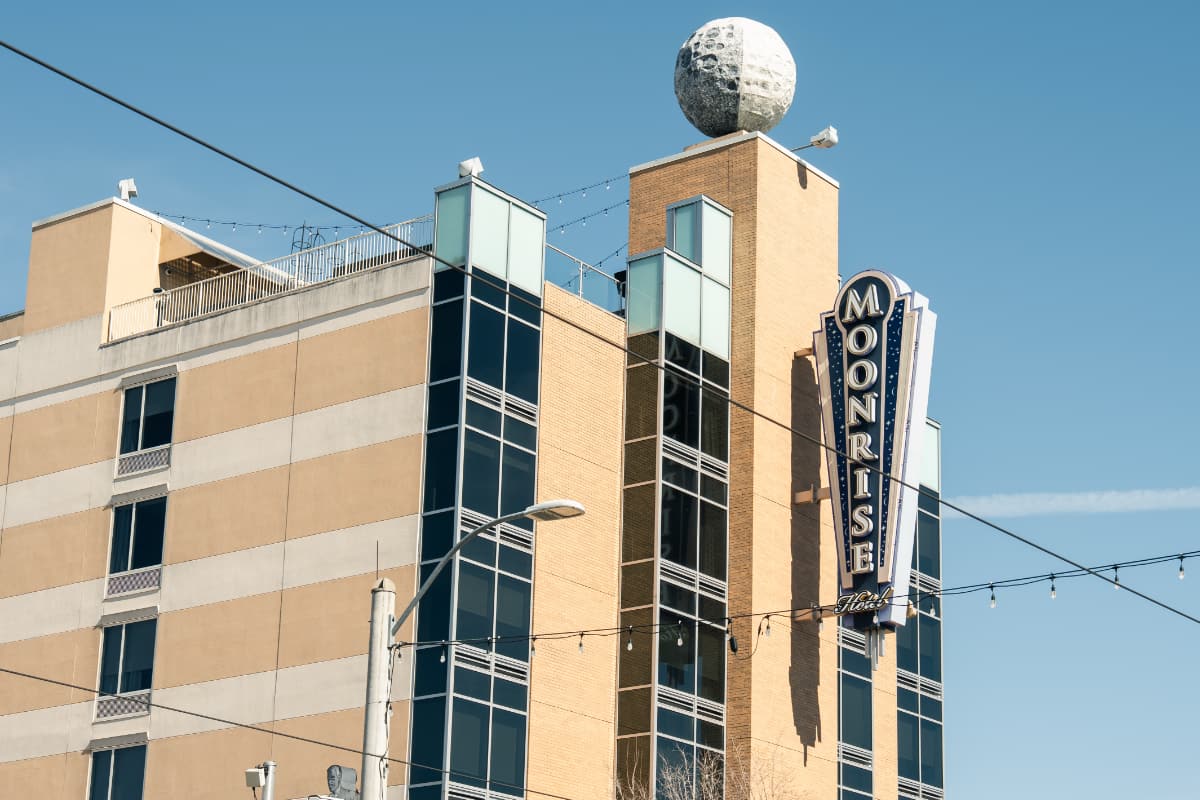Asteroid 2012 TC4, a space rock about the size of a house, whizzed by Earth in the early morning hours last Thursday (Oct. 12). NASA scientists had been monitoring 2012 TC4 for the past five years with expectations that it would eventually fly close by Earth. While there was never any concern that it would actually collide with our planet, it was a close shave!
Just How Close Was It?
The asteroid passed within about 27,000 miles of Antarctica. That may seem like quite a long way away, but in fact it is a relatively short distance in space. 27,000 miles is a little bit over one eighth of the distance between Earth and the moon, and just outside of the range where we position satellites.
Even if it had been on a collision course with the planet, it wouldn’t have posed any significant threat. Scientists say that an asteroid of that relatively small size would simply flash through the atmosphere and break apart. To us, it would basically appear to be a very bright fireball. Almost makes us wish that we had been in its path just so we could see the sight! For NASA, however, this was still an exciting event that allowed them to test their ability to identify and track asteroids that come within close range of Earth.
Have We Been Hit By One Before?
Of course we have! Our planet has been around for about 4.5 billion years and she has taken her fair share of hits from meteors and asteroids during that span. We’ve all heard the theory that the mass extinction of dinosaurs was caused by an asteroid strike off the coast of Mexico around 65 million years ago. While that collision may have been the most dramatic, it isn’t the most recent.
In 2013, a meteor crashed through the skies above central Russia. The Russian Academy of Sciences reported that the meteor was approximately ten tons and disintegrated before striking the ground. The resulting debris injured around 1,000 people in the city of Chelyabinsk below and caused a shock wave so strong that it shattered windows! NASA estimated that its force was greater than 30 Hiroshima nuclear bombs.
The largest asteroid collision in recent memory was in 1908, coincidentally also in Russia. Reports from the time describe a massive fireball hundreds of feet wide hitting a forest and subsequently destroying millions of trees. This strike had a force estimated at 85 times stronger than the Hiroshima bomb.
If you’re interested in a more complete history of the largest known asteroid collisions, check out this list.
But There’s No Need To Worry!
Fortunately for us, events like these are very rare. Meteor collisions happen about every 10 to 100 years, and asteroid strikes only every 100 to 1000. Even more comforting is that our astrophysicists can predict asteroids’ paths to a margin of about 10 miles – so if we were in any danger, it wouldn’t come as a surprise. We would have enough warning time to fire a satellite into any approaching asteroid of significant size and attempt to shift its trajectory.
So the good news is that we won’t be going the way of the dinosaurs anytime in the near future! But the sad news for space lovers like us is that we won’t soon be getting to observe any exciting visits to Earth from space debris. Of course, we’re only interested in experiencing a harmless event – we love our planet and don’t want anything hurting it. Not even us, which is why we’re committed to being an eco-friendly hotel!
Don’t be too heartbroken about missing the chance to see something cool and space-related though! Put yourself on a collision course with the coolest boutique hotel in the galaxy and book a room at the Moonrise today. From the fabulous rotating moon above our rooftop bar, to the unique space-themed decor and memorabilia throughout our hotel, we can surely satisfy your appetite for all things celestial.






